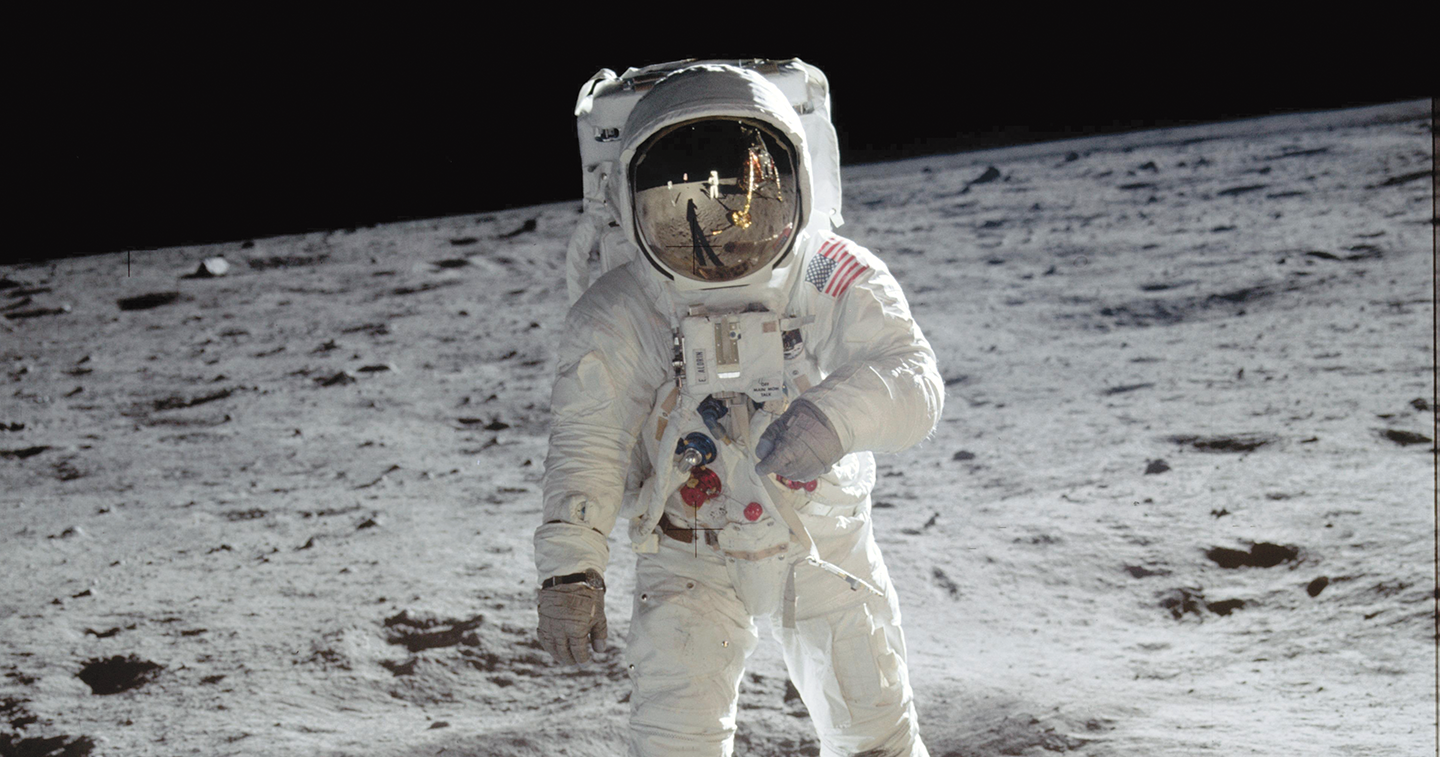On July 20, 1969, 530 million people around the world were glued to their TVs. They watched live as astronauts walked on the moon for the first time.
Today, 50 years after that incredible accomplishment, NASA is preparing to send people back to the moon. It will build a spaceship that will orbit, or travel around, the moon. The ship, called the Gateway, will be a home base for astronauts to explore the moon’s surface.
On July 20, 1969, 530 million people around the world were glued to their TVs. They watched live as astronauts walked on the moon for the first time.
It’s been 50 years since that incredible accomplishment. Now NASA is preparing to send people back to the moon. It will build a spaceship that will travel around the moon. The ship will be called the Gateway. It will be a home base for astronauts to explore the moon’s surface.

